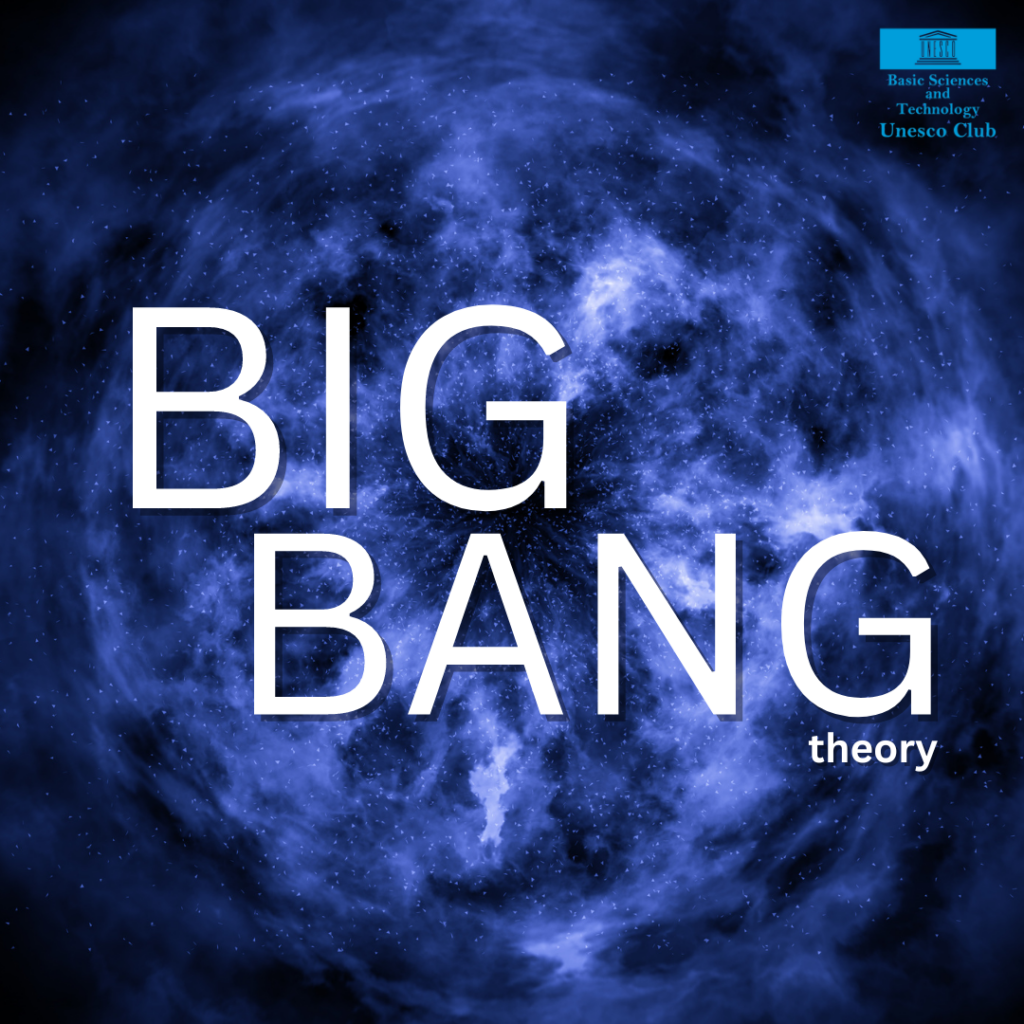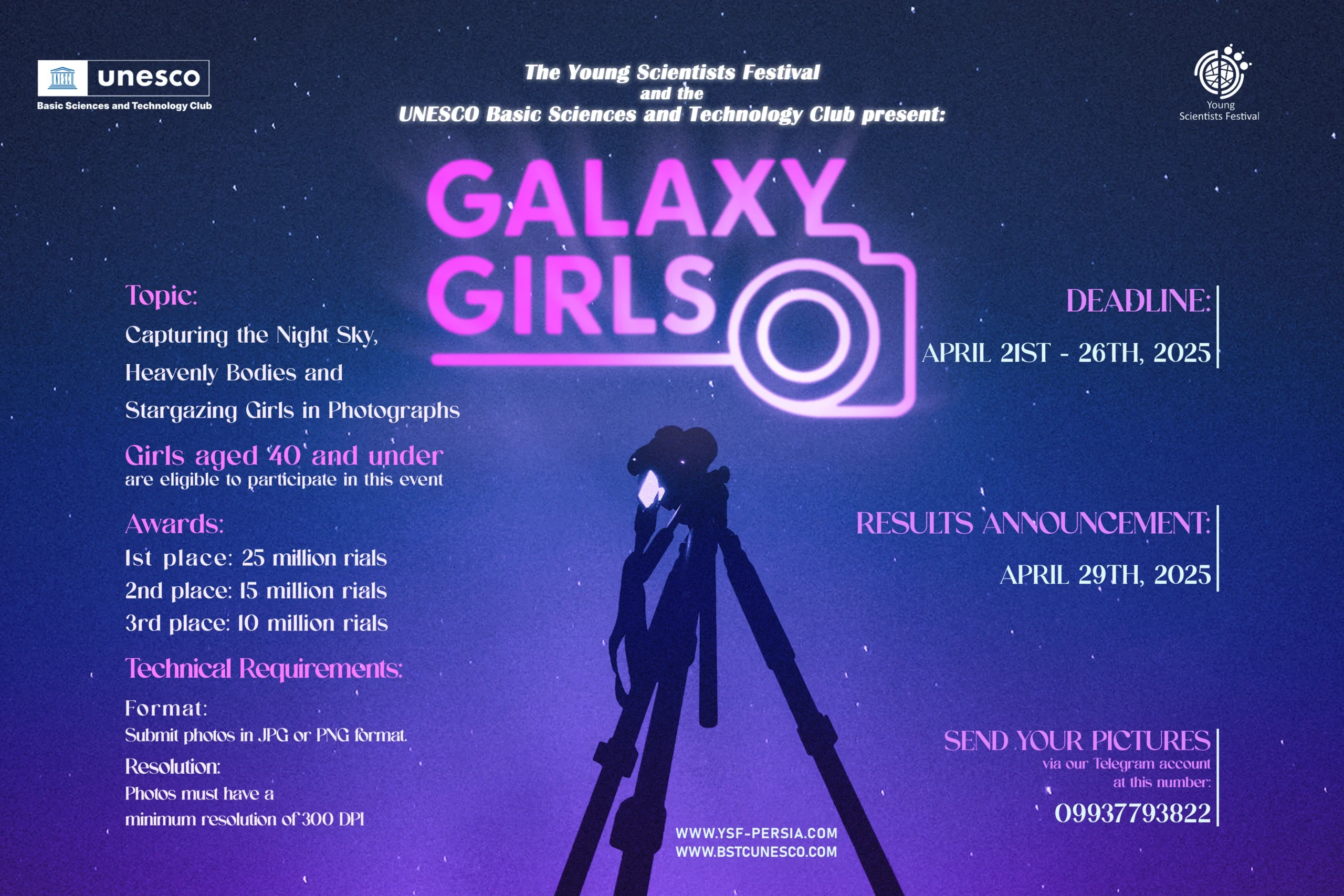The Big Bang is a theory that cosmologists have proposed to explain the beginning of the universe. This theory states that the universe began to expand from a very small, hot point and reached its present shape. In this article, we will examine the history, evidence, and processes associated with the Big Bang.
History of the Big Bang Theory
In 1927, astronomer Georges Lemaître proposed a theory that the universe began in a single point and then expanded. Lemaître believed that the universe was much smaller and denser in the past and had grown to its current size over time. He also predicted that the universe would continue to expand.
Edwin Hubble’s Discovery
Just two years after Lemaître’s theory, astronomer Edwin Hubble observed galaxies and found that they were moving away from Earth. He also noticed that more distant galaxies were moving faster. These findings confirmed Lemaître’s theory and showed that the universe is expanding.
The universe is expanding
The galaxies moving away from each other shows that in the past, everything in the universe was closer together. These observations mean that the universe began to expand from a very small and dense point and reached its current shape.
The big question: Where did celestial bodies come from?
According to the Big Bang theory, not all celestial bodies such as stars, planets, comets and asteroids existed in the universe from the beginning. So how did these objects come into being?
A small, hot beginning
When the universe began, it consisted only of tiny, hot particles mixed with light and energy. This early universe was nothing like the universe we know today. Over time, the universe expanded and cooled.
Formation of Atoms and Stars
As the universe expanded and cooled, tiny particles began to combine to form atoms. Then, atoms joined together to form larger atomic groups. These groups eventually formed stars and galaxies.
Birth of Stars and Galaxies
The first stars were formed by combining atoms and larger atomic groups. As new stars were born and died, celestial bodies such as asteroids, comets, planets, and black holes were formed. Galaxies also came into being through complex processes of collapse and merger.
Age of the Universe
According to evidence and calculations by cosmologists, the universe is about 13.8 billion years old. This very long time indicates the complex processes that led to the formation of the current universe.
The Big Bang Name
This phenomenon, in which the universe began to expand from a small, hot point, has become known as the Big Bang. But some believe that this name may be misleading, because it was more like a stretching everywhere than an explosion.
What do you think?
In your opinion, is the name Big Bang appropriate to describe the beginning of the universe, or should we use another name, such as stretching everywhere?
Conclusion
The Big Bang theory is one of the most important theories in cosmology, explaining how the universe began to expand from a small, hot point to its present form. Much evidence, including the expansion of galaxies and the radiation left over from the Big Bang, supports this theory. However, there are still many questions about the beginning of the universe and the processes that form it that require further research.


